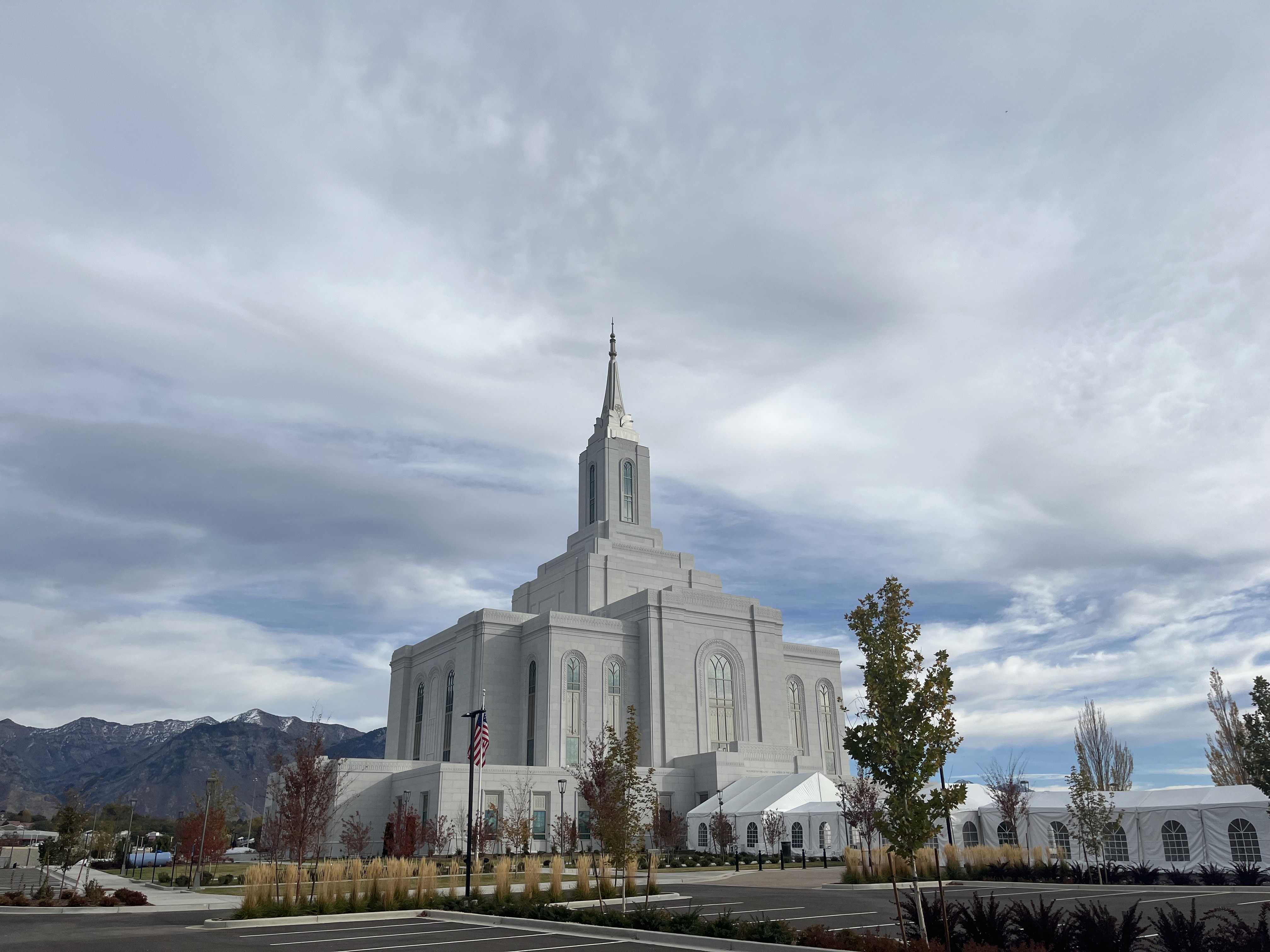
The Salt Lake Tribune reports that The Church of Jesus Christ of Latter-day Saints has implemented changes to its temple endowment ceremony again. This is news because past LDS leaders have taught that the temple ceremony would never change, that it was given to the LDS church directly by God and was to stand forever in its originally-inspired form:
“Joseph Smith received the temple endowment and its ritual, as all else that he promulgated, by revelation from God.” (Apostle John A. Widtsoe, Evidences and Reconciliations, 113)
“Ordinances instituted in the heavens before the foundation of the world, in the priesthood, for the salvation of men, are not to be altered or changed.” (Joseph Smith, Teachings of the Prophet Joseph Smith, 308)
Even so, the ceremony has been changed multiple times over its history. As noted by the Tribune, the endowment has undergone significant revisions four times in just the last five and a half years alone. The most recent revision, reported in August 2024, deleted roughly twenty percent of the ceremony in order to remove “redundant phrases” and streamline the ritual.
Dropping twenty percent of the endowment ceremony is pretty significant. Especially considering what past church leaders have said about the origins and sacredness of the ritual:
“As temple work progresses, some members wonder if the ordinances can be changed or adjusted. These ordinances have been provided by revelation, and are in the hands of the First Presidency. Thus, the temple is protected from tampering.” (Seventy W. Grant Bangerter, “Temple work blesses living,” Church News, January 16, 1982, 10)
“Now the purpose in Himself in the winding up scene of the last dispensation is that all things pertaining to that dispensation should be conducted precisely in accordance with the preceding dispensations… He set the ordinances to be the same forever and ever, and set Adam to watch over them, to reveal them from heaven to man, or to send angels to reveal them.” (Joseph Smith, History of the Church 4:208)
But the LDS church is built on a doctrine of continuing revelation. Reporting on the substantial changes that were made to the endowment ceremony in 1990, the Los Angeles Times quoted church “officials” saying,
“We are a church that believes in modern and continuous revelation, and the changes that were recently made in our temple ceremony are reflective of that process.”
Nevertheless, receiving new revelation is quite different from altering previously received revelations. A member of the church’s First Presidency in 2003 insisted,
“The revelations that came through the Prophet Joseph Smith are still correct!” (James Faust, “Lord, I Believe; Help Thou Mine Unbelief,” Ensign, Conference edition, 11/2003, 21-22)
Understandably, then, changes to what Mormons believe to be a God-revealed ceremony – that God also revealed would never change – have made some Latter-day Saints uncomfortable. To mitigate these concerns, in 2019 the LDS church provided a “First Presidency Statement on Temples” which says in part,
“Over these many centuries, details associated with temple work have been adjusted periodically, including language, methods of construction, communication, and record-keeping. Prophets have taught that there will be no end to such adjustments as directed by the Lord to His servants.”
I’ve read many statements by LDS leaders reiterating that the temple ceremony can and will never change, but thus far I’ve been unable to find prophets teaching that there will be “no end” to adjustments (changes) made to the Mormon church’s salvific temple ceremonies – other than the LDS “prophets, seers and revelators” who made the claim in 2019.
Like the Book of Mormon that has undergone many textual changes, and Joseph Smith’s recorded revelations that have been significantly altered from their original form, the LDS temple endowment ceremony has seen considerable revision and “adjustment,” with “no end” in sight. This is how the LDS church treats what it believes to be the word of God, freely altering and adapting it to fit changing circumstances (see section 1.2).
As a Bible-believing Christian I find the LDS approach to God’s revelations untenable.
The Bible presents God as knowing the end from the beginning. He doesn’t need to try things out and see if they work. He doesn’t need to make everlasting declarations and later revise what He said. He doesn’t need to tweak or adjust the truths He reveals sometime after having revealed them (Isaiah 46:8-10). No. Instead, the Bible says, “The Word of our God will stand forever” (Isaiah 40:8).
All scripture is inspired (“breathed out”) by God (2 Timothy 3:16). Every word that proceeds from His mouth will be successful at accomplishing His purposes (Isaiah 55:11). His Word is truth (John 17:17); in fact, every word of God proves true (Proverbs 30:5). Because God doesn’t change (James 1:17), His words are true forever. Therefore, we are to live by every word that comes from the mouth of God (Deuteronomy 8:3). God is holy (Isaiah 6:3), and so His Word is holy. Therefore, as the Apostle Peter reiterates from the writings of Isaiah, “All flesh is like grass and all its glory like the flower of grass. The grass withers, and the flower falls, but the word of the Lord remains forever” (1 Peter 1:24-25).
In Mormonism, what is claimed to be the word of God is like grass and, apparently beautiful to some, like the flower of grass. But God says the grass withers and the flower falls. Mormonism’s word of God requires revisions and adjustments; it does not endure like the true Word of God does. It is evident, then, that what the LDS church claims to be revelation from God is not from the one true God of the Bible. It’s from a different source altogether.
To see Sharon’s other news articles, click here.


You must be logged in to post a comment.